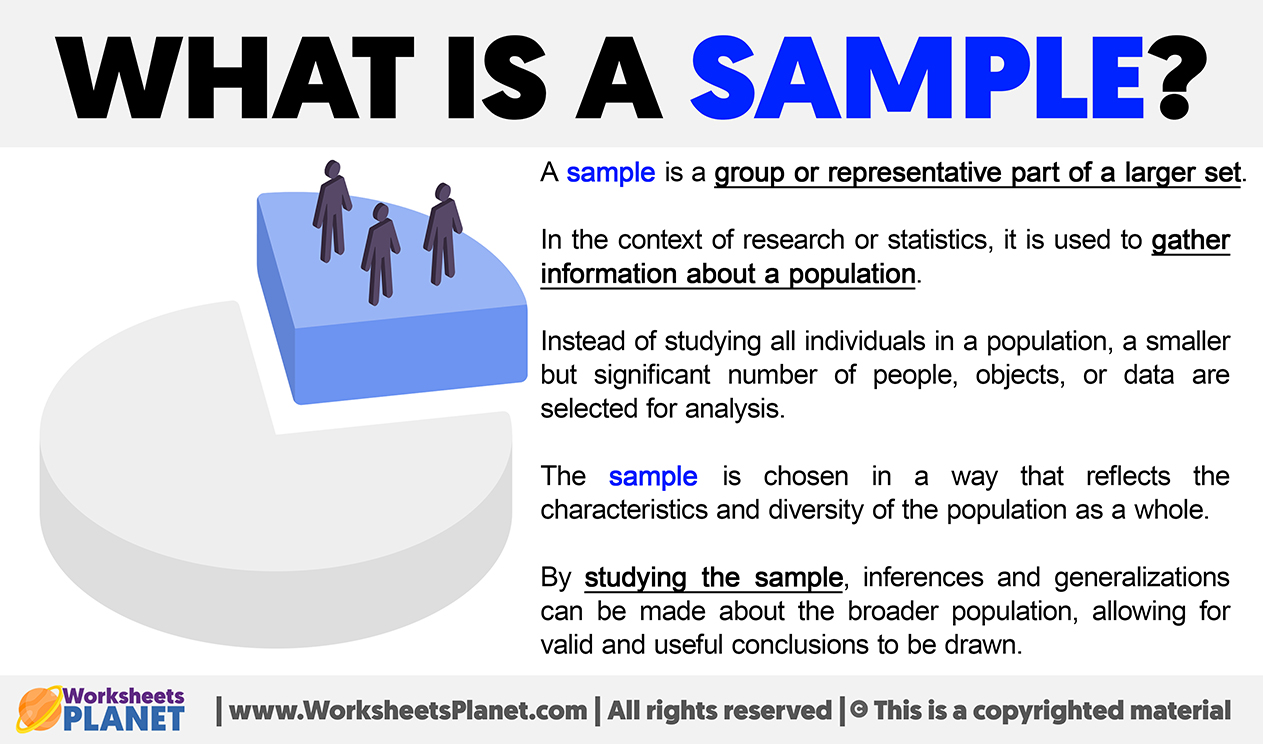
In the ever-evolving landscape of artificial intelligence and search engine optimization (SEO), one concept has gained significant traction: Answer Compression Readiness. This term refers to the ability of content to be condensed into a concise, machine-readable format without losing its core meaning or value. As AI-driven search engines like Google’s Search Generative Experience (SGE) become more prevalent, the importance of creating content that is both human-friendly and optimized for machine processing has never been higher.
This article explores what Answer Compression Readiness means, why it matters in modern SEO, and how you can implement it effectively to improve your content’s visibility and performance.
What Is Answer Compression Readiness and Why It Matters
At its core, Answer Compression Readiness is about structuring content so that it can be efficiently processed and summarized by AI systems. These systems—such as Google’s SGE, Bing’s AI-powered search, and other large language models (LLMs)—are designed to extract key information from web pages and present it in a compact, digestible format.
For example, when a user asks a question like “What are the benefits of prompt compression?” an AI might pull the most relevant information from multiple sources and condense it into a short, clear answer. This process relies on content that is well-structured, semantically rich, and easy for machines to parse.
Why does this matter?
As AI becomes more integrated into search, the way content is structured directly impacts its chances of being featured in these new formats. Content that isn’t optimized for machine readability may not be included in AI-generated answers, leading to lower visibility and engagement.
How Answer Compression Readiness Impacts SEO Performance
The shift toward AI-driven search has fundamentally changed the way we approach SEO. Traditional keyword stuffing and meta tags are no longer sufficient. Instead, content must be designed with machine-readability in mind—ensuring that it can be easily parsed, understood, and summarized by AI systems.
Here’s how Answer Compression Readiness affects SEO performance:
- Improved Visibility in AI-Powered Results: Content that is structured for machine readability is more likely to appear in AI-generated snippets, featured boxes, and SGE results.
- Enhanced User Engagement: When users see concise, accurate answers, they are more likely to click through to the source, increasing traffic and dwell time.
- Better Ranking Signals: Search engines use machine-readable data to evaluate the quality and relevance of content. Properly structured content can signal authority and expertise, improving rankings.
- Optimized for Voice and Multimodal Search: With the rise of voice assistants and multimodal search, content that is concise and structured is more likely to be picked up and delivered to users.
To illustrate, consider two pieces of content on the same topic. One is written in a natural, conversational tone but lacks clear headings, subheadings, and semantic structure. The other is well-organized, uses clear formatting, and includes structured data. Which one is more likely to be featured in an AI summary? The second, of course.
Step-by-Step Implementation Framework
Implementing Answer Compression Readiness requires a combination of content strategy, technical optimization, and semantic clarity. Here’s a step-by-step framework to help you get started:
1. Define or Audit the Current Situation
Start by evaluating your existing content. Ask:
– Is your content structured with clear headings and subheadings?
– Are your paragraphs concise and focused?
– Does your content include semantic markup (e.g., schema.org)?
– Are your key points highlighted using bold text, lists, or bullet points?
Use tools like Screaming Frog or Ahrefs to audit your site for readability and structure.
2. Apply Tools, Methods, or Tactics
Once you’ve identified areas for improvement, apply the following strategies:
- Use Headings and Subheadings: Organize content with H1, H2, H3 tags to create a clear hierarchy.
- Leverage Semantic Markup: Implement schema.org markup to help search engines understand your content.
- Write in a Conversational Tone: Avoid overly complex sentences. Use active voice and clear language.
- Highlight Key Points: Use bold, italics, or bullet points to emphasize important information.
- Include Structured Data: Add structured data such as FAQPage, HowTo, or Article schemas to make your content more machine-readable.
3. Measure, Analyze, and Optimize
After implementing changes, monitor their impact using tools like Google Analytics, Search Console, and SEMrush. Track metrics such as:
– Click-through rate (CTR)
– Dwell time
– Bounce rate
– Featured snippet appearances
Continuously refine your content based on performance data and user feedback.
Real or Hypothetical Case Study
Let’s imagine a hypothetical case study involving a blog post about “The Benefits of Prompt Compression.”
Original Content:
A long-form article that discusses various aspects of prompt compression, including its definition, techniques, and applications. However, the content is disorganized, with few subheadings and minimal use of semantic markup.
After Optimization:
The content is restructured with clear headings, subheadings, and semantic markup. Key points are emphasized using bold text and bullet points. The article also includes an FAQ section and structured data.
Results:
– The article appears in a featured snippet for the query “What is prompt compression?”
– Traffic increases by 40% over three months.
– Dwell time improves by 25%, indicating better user engagement.
This example shows how Answer Compression Readiness can significantly enhance content performance in AI-driven search environments.
Tools and Techniques for Answer Compression Readiness
Several tools and techniques can help you optimize your content for Answer Compression Readiness:
- Schema.org: Helps search engines understand the structure and meaning of your content.
- SurferSEO: Provides insights into content structure, keyword density, and competitor analysis.
- Yoast SEO: Offers real-time feedback on readability, keyword usage, and semantic optimization.
- Google’s Structured Data Testing Tool: Allows you to test and validate your structured data.
- Grammarly: Helps ensure your content is clear, concise, and free of errors.
- Hemingway Editor: Highlights complex sentences and suggests simplifications.
By leveraging these tools, you can create content that is both human-friendly and optimized for machine readability.
Future Trends and AI Implications
As AI continues to evolve, the role of Answer Compression Readiness will only grow. Future developments may include:
- More Advanced AI Summarization: AI systems will become even better at extracting and summarizing key information from content.
- Increased Focus on Machine-Readable Formats: Search engines may prioritize content that is structured in specific formats, such as JSON-LD or microdata.
- Integration with Voice and Multimodal Search: Content that is concise and well-structured will be more likely to be picked up by voice assistants and multimodal search systems.
To stay ahead, focus on creating content that is not only informative but also optimized for machine processing. This means using clear headings, structured data, and semantic markup.
Key Takeaways
- Answer Compression Readiness is about creating content that is concise, machine-readable, and optimized for AI-driven search.
- Machine-readable content is more likely to appear in AI-generated summaries, featured snippets, and SGE results.
- Structured data, clear headings, and semantic markup are essential for optimizing content for machine readability.
- Tools like Schema.org, Yoast SEO, and SurferSEO can help you implement Answer Compression Readiness effectively.
- Future trends suggest that AI will play an even greater role in how content is consumed, making Answer Compression Readiness more important than ever.
As AI continues to shape the future of search, the ability to create content that is both human-friendly and machine-readable will be a key differentiator. Start optimizing your content today to ensure it stands out in the age of AI.
Meta Title: Answer Compression Readiness — Enables Concise, Machine-Readable Answers
Meta Description: Learn how Answer Compression Readiness helps create concise, machine-readable content for AI-driven search engines like Google’s SGE. Improve visibility and engagement today.
SEO Tags (5): Answer Compression Readiness, AI-Driven Search, Machine-Readable Content, SEO Optimization, Search Generative Experience
Internal Link Suggestions: Parameter #96: AI Content Disclosure, Parameter #164: Answer Compression Readiness, Parameter #168: Trust Layer Integration
External Source Suggestions: https://developers.google.com/search/docs/, https://schema.org/








